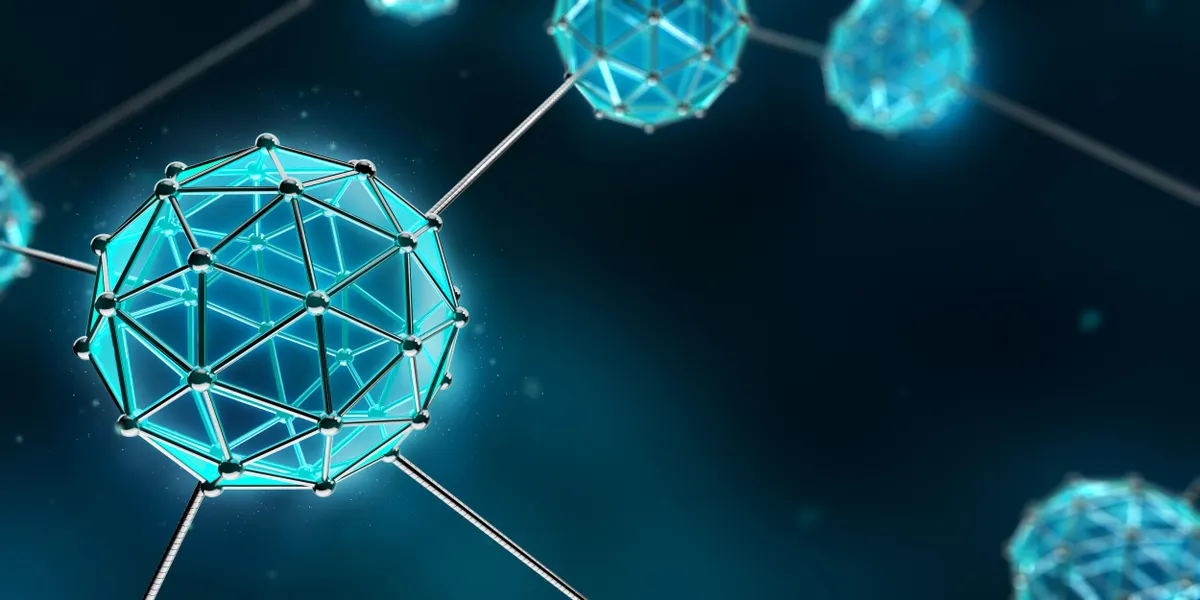Introduction
Automation, once a futuristic concept, has become an integral part of our daily lives. From manufacturing floors to our homes, this transformative technology is revolutionizing industries and reshaping the way we work, live, and interact with the world around us. In this article, we will delve into the world of automation, exploring its history, current applications, and the exciting future it promises.
A Glimpse into the Past
The roots of automation can be traced back to ancient times when simple tools and machines were used to automate repetitive tasks. However, the true automation revolution began during the Industrial Revolution of the 18th and 19th centuries. Water and steam power led to the development of automated textile factories and mechanized agriculture.
The 20th century saw the advent of digital computing, which laid the foundation for modern automation. Early computer systems, such as punch card machines, automated complex calculations and data processing tasks. This set the stage for the computer-controlled automation systems we rely on today.
The Rise of Automation
The 21st century has witnessed an unprecedented surge in automation across various sectors:
- Manufacturing: Industrial robots have taken over many tasks on factory floors, enhancing efficiency and precision. Automated assembly lines can produce goods at speeds and consistency that human labor alone cannot match.
- Transportation: Self-driving cars, drones, and automated warehouses are transforming the way we move goods and people. Autonomous vehicles promise safer and more efficient transportation systems.
- Healthcare: Automation is streamlining healthcare operations, from robotic surgery assistants to AI-powered diagnostics. These technologies improve patient care and reduce the burden on healthcare professionals.
- Customer Service: Chatbots and virtual assistants are increasingly handling customer inquiries, making services more accessible and efficient.
- Agriculture: Precision agriculture employs automation to optimize crop management, reducing waste and enhancing yields.
- Smart Homes: Home automation systems allow homeowners to control lighting, security, and climate with a touch or voice command.
The Impact on the Workforce
The widespread adoption of automation has led to concerns about job displacement. While automation can replace certain routine tasks, it also creates new opportunities. The key lies in reskilling the workforce to work alongside automation and focus on tasks that require creativity, problem-solving, and human interaction.
The Future of Automation
The future of automation holds even greater promise:
- Artificial Intelligence: AI will continue to play a central role in automation, enabling machines to learn, adapt, and make decisions independently.
- Internet of Things (IoT): IoT devices will communicate and collaborate autonomously, enhancing efficiency and convenience in both our homes and workplaces.
- Advanced Robotics: Robots will become more agile and versatile, capable of performing complex tasks in unstructured environments.
- Autonomous Systems: Fully autonomous vehicles and drones will transform transportation, making it safer and more efficient.
- Healthcare Innovations: Automation will further revolutionize healthcare with telemedicine, personalized treatment plans, and AI-assisted drug discovery.
Conclusion
Automation, once a technological marvel, is now an indispensable part of our lives. It has the potential to drive economic growth, improve quality of life, and address some of society’s most pressing challenges. However, it also requires careful consideration of its ethical, social, and economic implications. As we continue to embrace automation, it is crucial to strike a balance between technological progress and the well-being of individuals and communities, ensuring that automation works for the benefit of all. The evolution of automation is a journey that promises to lead us to a more connected, efficient, and innovative world.




